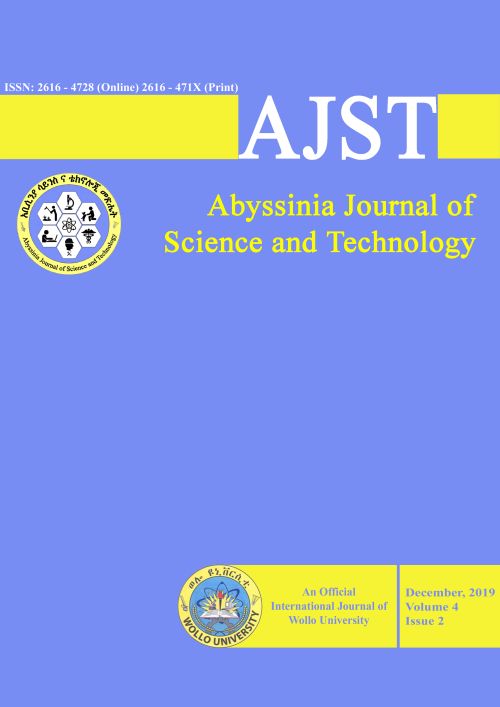Main Article Content
Determination of optimum seed rate and row spacing of upland rice in Amhara region, Ethiopia
Abstract
Farmers in the major upland rice growing areas of Ethiopia are advised to use blanket seed rates as there are no appropriate seed rate recommendations developed. Seed rate and row spacing experiment was conducted on rainfed upland rice production at Fogera and Libokemkem areas, Amhara Region, Ethiopia. Randomized complete block design in factorial arrangements was deployed. The treatments were seven seed rates (40, 60, 80, 100, 120, 140, and 160 kg ha-1) and 4 row spacings (15, 20, 25, 30 cm). The commonly grown NERICA4 rice variety was used. Data were collected on major agronomic parameters and subjected to analysis of variance. Economic analysis was also carried out. The results of the experiment indicated that the main effect of seed rate was significantly affecting plant height, panicle length, total tillers/m, effective tillers/m, filled spiklets/panicle, grain yield and straw yields. On the other hand, the main effect of row spacing was significantly affecting panicle length, total tillers/m, effective tillers/m, filled spiklets/panicle. With respect to the interaction effect of seed rate and row spacing, significant effects were observed on total tillers/m, effective tillers/m, thousand seeds weight and straw yields. The highest and statistically significant grain yield (3.06 t ha-1) was obtained from the seed rate of 120 kg ha-1. The combined use of 120 kg ha-1seed rate and 20 cm row spacing is the most profitable treatment. It is thus concluded that combined use of 120 kg ha-1 seed rate and 20 cm row spacing is the best recommended for upland rice production in Fogera, Libokemkem and other similar upland rice production areas.







